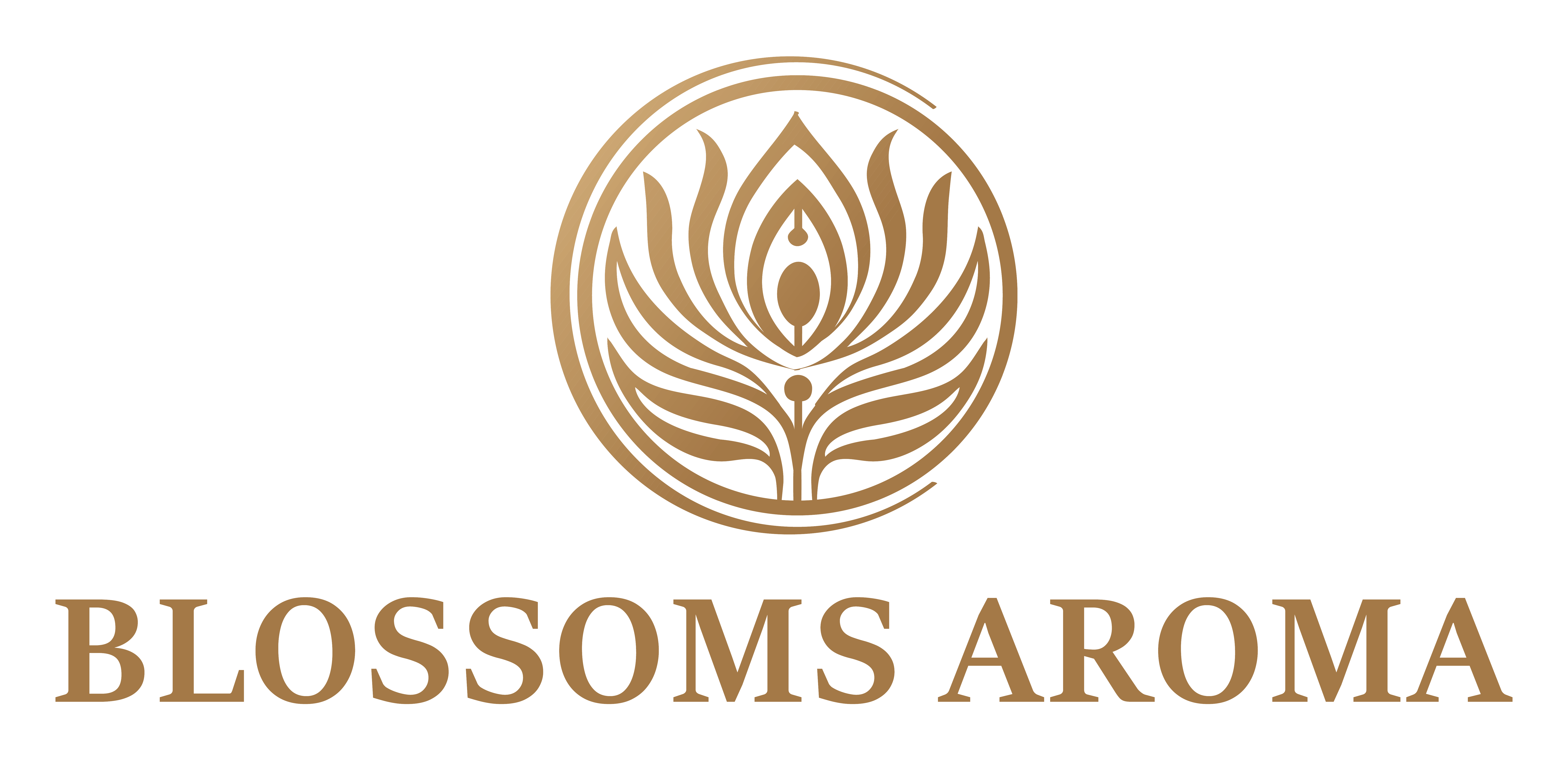chaulmoogra OIL
Chaulmoogra oil, derived from the seeds of the chaulmoogra tree (Hydnocarpus wightiana), is esteemed for its therapeutic properties, historically renowned in traditional medicine across India and Southeast Asia. Its robust medicinal profile has rendered it a staple in both traditional and modern healthcare systems.
Chaulmoogra Oil Specifications:
GENERAL CHARACTERISTICS
Product CHAULMOOGRA OIL Botanical Name Hydnocarpus wightiana Family Flacourtiaceae Part of the plant used Seeds CAS NO. 8023-91-4 HSN CODE 33012941 EINECS Number 616-429-9 Appearance Viscous liquid Colour Pale yellow to golden brown liquid Odour Characteristic nutty aroma
IDENTIFICATION
A. TLC It complies with the test. B. GC It complies with the test.
PHYSIO-CHEMICAL PROPERTIES
Relative density 0.910 – 0.930 Refractive index at 20°C 1.480 – 1.495 Optical rotation (+10°) – (+25°) Storage In a well-fitted container. Protected from light and heat.
Chaulmoogra Oil History: Chaulmoogra oil has a long-standing history in traditional Indian medicine, particularly renowned for its efficacy in treating skin ailments such as leprosy and eczema. Its prominence expanded globally during the late 19th and early 20th centuries due to its effectiveness in managing leprosy.
Chaulmoogra Oil Industrial Uses: Widely employed in pharmaceuticals, cosmetics, and traditional medicine, chaulmoogra oil is esteemed for its anti-inflammatory, antimicrobial, and emollient properties, making it a versatile ingredient in various skincare formulations.
Properties (Based on COA Report)
Synonyms Chaulmoogra Seed Oil Botanical Name Hydnocarpus wightiana Part Used Seeds Color Pale yellow to golden brown Viscosity Medium to thick Perfumery Note Nutty, characteristic Shelf Life Two years Density 0.910 – 0.930 Refractive Density 1.480 – 1.495
EXTRACTION: Chaulmoogra oil is extracted from the seeds of the chaulmoogra tree through cold pressing or solvent extraction methods. The resultant oil is refined to ensure desired purity and quality.
ECOLOGICAL INFORMATION: Chaulmoogra trees thrive in tropical climates with humid conditions, primarily found in regions across India and Southeast Asia. They are cultivated for their oil-rich seeds.
15 Proven Uses and Benefits:
Pharma Uses: Chaulmoogra oil exhibits efficacy in treating skin conditions such as eczema, psoriasis, and dermatitis. It possesses antimicrobial properties, aiding in wound healing and infection prevention. Traditionally utilized in leprosy treatment due to its antibacterial and anti-inflammatory attributes. Effective in alleviating joint pain and inflammation associated with arthritis. Useful in relieving respiratory issues like coughs and bronchitis when incorporated into chest rubs or steam inhalations. Formulated into liniments and balms for relieving muscle and joint pain. Emollient properties make it suitable for moisturizing dry and chapped skin. Cosmetics Uses: Added to skincare products like creams, lotions, and serums for its moisturizing benefits. Incorporated into hair care formulations to condition and strengthen hair. Used in massage oils for its soothing and relaxing effects on the body and mind. In aromatherapy, diffused to promote relaxation and alleviate stress and anxiety. Employed in soap-making for its cleansing and moisturizing properties. Acts as a natural remedy for insect bites and stings due to its anti-inflammatory action. Incorporated into lip balms and ointments to soothe and heal chapped lips. Abstract or How to Extract it? Main chemical constituents include hydnocarpic acid, chaulmoogric acid, and oleic acid, contributing to its therapeutic properties.
CONCOCTION: Blends well with essential oils like lavender, tea tree, eucalyptus, and frankincense, enhancing their therapeutic effects.
SAFETY MEASURES:
Eye Contact: Flush eyes with plenty of water for at least 15 minutes and seek medical attention if irritation persists. Skin Contact: Rinse affected area with soap and water. Seek medical advice if irritation occurs. Inhalation: Move to fresh air if inhaled. Seek medical attention if breathing difficulties persist. Ingestion: Do not induce vomiting. Seek medical attention immediately. STORAGE & HANDLING: Store in a cool, dry place away from direct sunlight and heat sources. Keep container tightly closed when not in use to prevent contamination or spills.
TOXICOLOGICAL INFORMATION: Generally safe for topical and aromatic use when properly diluted. Conduct a patch test before widespread use to check for allergic reactions. Avoid excessive use, particularly for individuals with sensitive skin.

